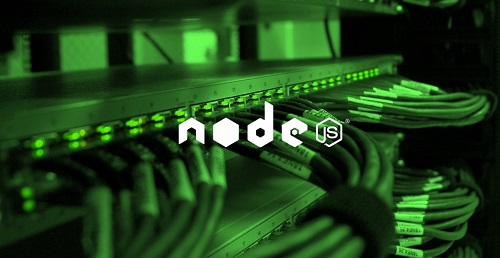If you are a system administrator and responsible for benchmarking and monitoring a system performance then you will need to know the best tool to perform this task. Collectl is a light-weight performance monitoring tool that can be used to collect performance data that describes the current system status. Compared to other monitoring tools, collectl gather information on many different types of system resources such as cpu, disk, memory, network, sockets, tcp, inodes, infiniband, lustre, memory, nfs, processes, quadrics, slabs and buddyinfo. It can run interactively or as a daemon and has the ability to record and playback the captured data. It also allows you to export the data in various file formats.
In this tutorial, we will show you how to install and use Collectl on Ubuntu 20.04.
Prerequisites
- A server running Ubuntu 20.04.
- A root password is configured on the server.
Install Collectl
By default, Collectl package is available in the Ubuntu default repository. You can install it by running the following command:
apt-get install collectl -yA brief explanation of each option of the Collectl command as shown below:
- C : CPU information.
- D : Disk information.
- E : Environmental data such as, fan, power, temp, etc.
- F : NFS data.
- J : Interrupts.
- L : Filesystem information.
- N : Network information.
- X : Interconnect.
- Y : System object caches.
- Z : Process information.
How to Use Collectl
You can run Collectl command without any option will print information on cpu, disk and network stats in human readable format.
collectlYou should see the following screen:
If you want to print statistics for all subsystems, run the command with the –all option:
collectl --allYou should see the following screen:
To use Collectl command work as the top utility, run the following command:
collectl --topYou should see the following screen:
If you want to monitor all resource together, run the following command:
collectl -scmdYou should see the following screen:
To display the memory usage of your system, run the command with -sm option:
collectl -smYou should see the following screen:
You can display the information of cpu, disks and network data with the following command:
collectl -scdnYou should see the following screen:
To get the information about TCP and CPU, run the following command:
collectl -stcYou should see the following screen:
To get information about processes in your system, run the following command:
collectl -c1 -sZ -i:1You should see the following screen:
Conclusion
In the above guide, you learned how to use Collectl command-line utility to monitor your system performance. I hope this will helps you troubleshoot any performance related issues.
Đăng ký liền tay Nhận Ngay Bài Mới
Subscribe ngay
Cám ơn bạn đã đăng ký !
Lỗi đăng ký !











Add Comment